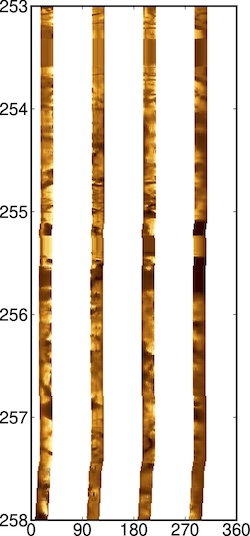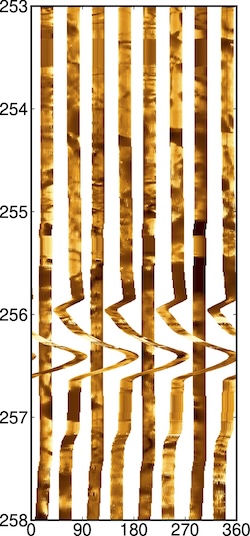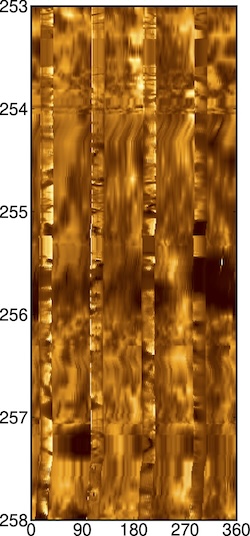


LogDB grd files
The LogDB images data are now available in netCDF/ grd format, a community standard for sharing scientific data, which is in particular familiar to users of GMT, the Generic Mapping Tools.| Figure 1: FMS Pass 1 | Figure 2: FMS passes 1 + 2 | Figure 3: FMS pass 1 + UBI pass 2 |

|

|

|